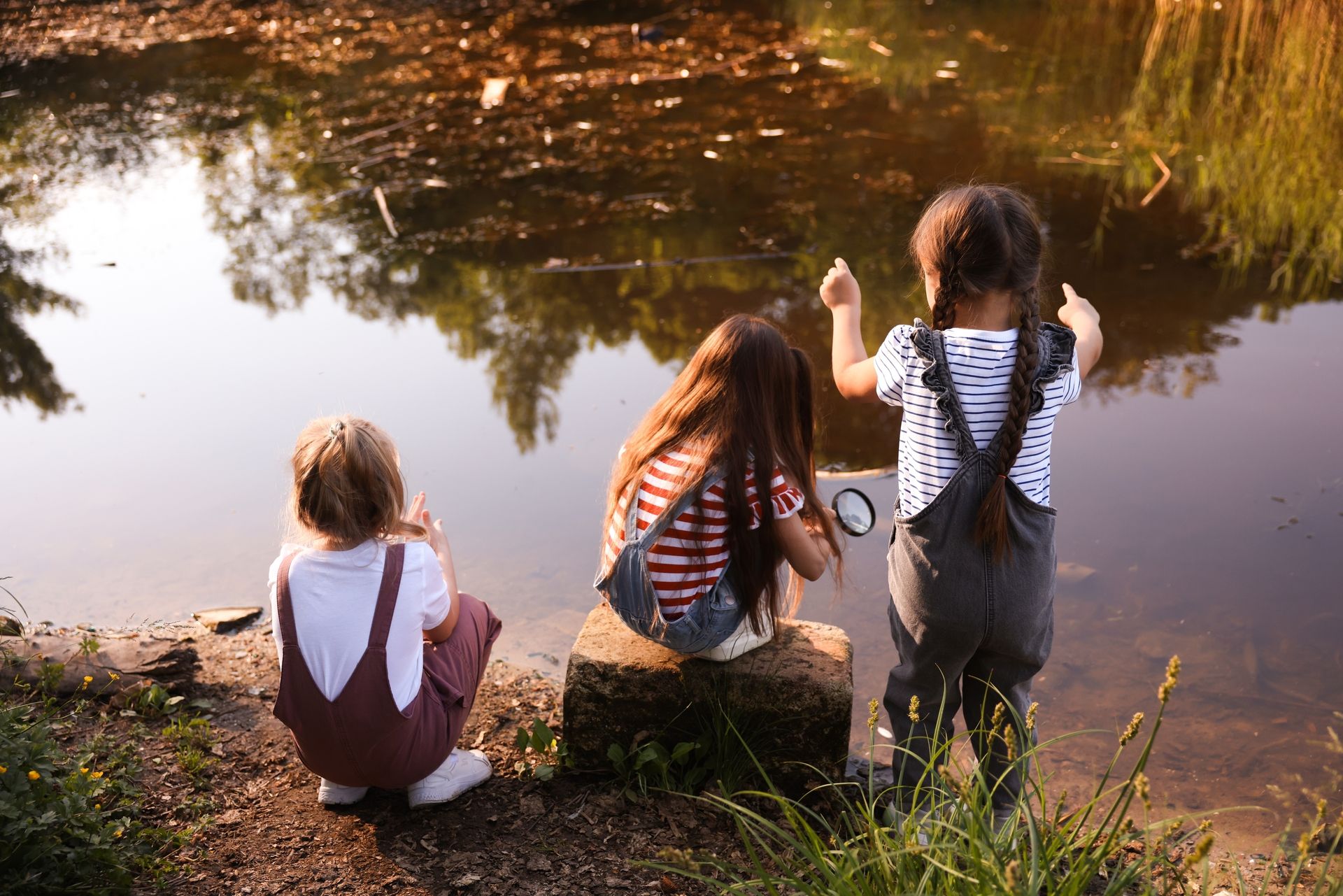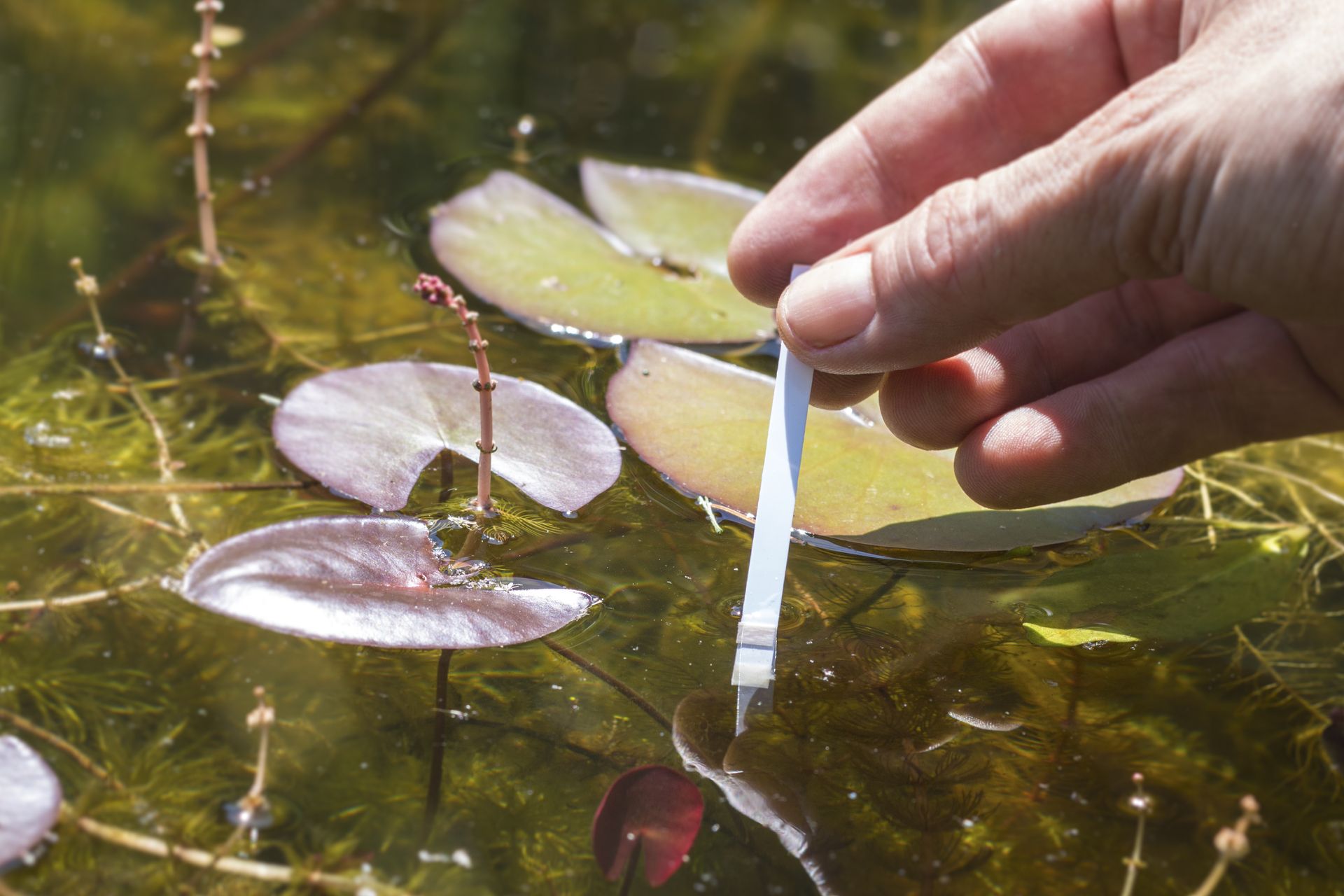It begins with a ripple and a laugh. On the banks of the River Wye, a group of ten-year-olds in yellow wellies crouch over the shallows, holding up small plastic vials to the light. “It looks clean,” says one, squinting. “But wait,” another adds, dipping a strip of litmus paper into the water, “it’s more acidic than it should be.” Their teacher, Mrs Jenkins, notes the result on a clipboard as a parent volunteer helps rinse the next test tube.

These children are part of a growing movement of water detectives across the UK, young citizen scientists who are helping researchers monitor the health of our rivers, streams, and ponds. Armed not with fancy lab coats but with curiosity, patience, and simple test kits, they are gathering real data that is shaping the way scientists understand pollution.
Science in small hands
The kits themselves are marvels of simplicity. For a few pounds, schools or community groups can buy sets that test for pH (acidity), nitrates (from fertilisers), phosphates (often from detergents), and turbidity (how cloudy the water is). There is no need for expensive equipment or specialist training, just a steady hand, a clean container, and a willingness to learn.
As one scientist involved in the scheme explains, “We’ve always relied on agencies to monitor water quality, but they can’t be everywhere at once. Children, on the other hand, are everywhere, and they’re often the first to notice when something’s wrong.”
Dr Anita Choudhury, a freshwater ecologist at a university in the Midlands, helped set up a pilot project with schools last year. “We give them the tools, the training, and a bit of context,” she says. “They give us hundreds of data points from rivers we’d otherwise struggle to reach. It’s a partnership between professional and citizen science that’s incredibly powerful.”
The hidden stories in the water
When pupils test for nitrates or phosphates, they are looking for invisible traces of human activity such as fertilisers washing off farmland, wastewater from treatment plants, or detergents escaping into streams. High levels can cause algal blooms, which choke oxygen from fish and other life. Turbidity tests show how much sediment is suspended in the water, revealing erosion upstream or runoff after heavy rain.
In one school near Oxford, children were shocked to find their local brook turning cloudy after a storm. They mapped the changes, sent photos to a local conservation group, and within weeks the Environment Agency traced the problem to a leaking drain. “The kids were ecstatic,” says their teacher. “They realised their little experiment had actually helped protect the stream.”
Moments like this turn science into something tangible and urgent. It is one thing to learn about pollution from a textbook, quite another to see a brook you play beside showing signs of distress.
From classroom to catchment
Across Britain, initiatives such as FreshWater Watch, Riverfly Monitoring, and Earthwatch’s Young River Keepers are linking classrooms with real-world conservation. In Yorkshire, the Aire Rivers Trust has worked with schools to map river health. In Somerset, pupils are tracking turbidity after floods. In Scotland, children are helping identify microplastics along riverbanks.
What’s remarkable is not just the enthusiasm of the young participants, but the quality of the data. “When you have a class of thirty pupils each collecting a sample every week,” says Dr Choudhury, “that’s more consistent and widespread than many official surveys. We can detect local patterns, see how rainfall affects runoff, and even spot early warning signs of pollution events.”
To ensure accuracy, schools use standardised methods and upload their results to shared databases. Scientists then analyse the findings alongside satellite imagery and environmental reports. The result is a nationwide patchwork of observations, small local measurements that together tell a big story about the health of Britain’s waters.
“We’re helping the river breathe again”
Nine-year-old Sam, from Devon, has his own way of describing what he’s doing. “The river’s like a person,” he says. “If it gets too dirty, it can’t breathe properly. We’re helping it breathe again.” His words may be simple, but they capture the essence of something profound: that environmental stewardship starts with empathy, not expertise.
Teachers report that water-testing projects have unexpected benefits. Children who struggle in traditional lessons often thrive outdoors, taking responsibility for collecting and recording data. Science becomes something lived rather than learned, a blend of curiosity, care, and discovery.
One parent volunteer said, “I saw kids who rarely speak up in class suddenly leading the group, explaining why nitrates matter, or carefully timing how long to wait before reading a test result. It’s science, but it’s also storytelling, teamwork, and pride.”

Beyond the beaker
These young scientists are not just helping to track pollution, they are helping to change attitudes. When children share their findings at school assemblies or local fairs, they spark conversations at home about fertilisers, waste, and water use. Their curiosity flows outward, like the rivers they study, influencing parents, neighbours, and councils.
As Dr Choudhury puts it, “The data they collect is valuable, but the awareness they create is priceless.”
Indeed, many communities are now using this grassroots data to lobby for cleaner waterways or better stormwater management. It is evidence with a human face, gathered by those most likely to inherit the consequences of today’s environmental decisions.
A new generation of guardians
Standing by the riverbank at the end of the day, the children in their wellies pour away their samples, chatter about minnows, and head back to the minibus. Their notes will be uploaded later, their data points plotted on a map somewhere in a university lab. But for them, the meaning is immediate: they have helped the river, and they have learned something real.
Perhaps that is the quiet magic of these water detectives. They remind us that science doesn’t have to be distant or difficult. It can begin with a puddle, a question, and a strip of paper that changes colour.
And in that moment of discovery, as sunlight glints off the water, the next generation of guardians is already at work, not waiting for permission to protect the world they love, but simply starting where they stand.




